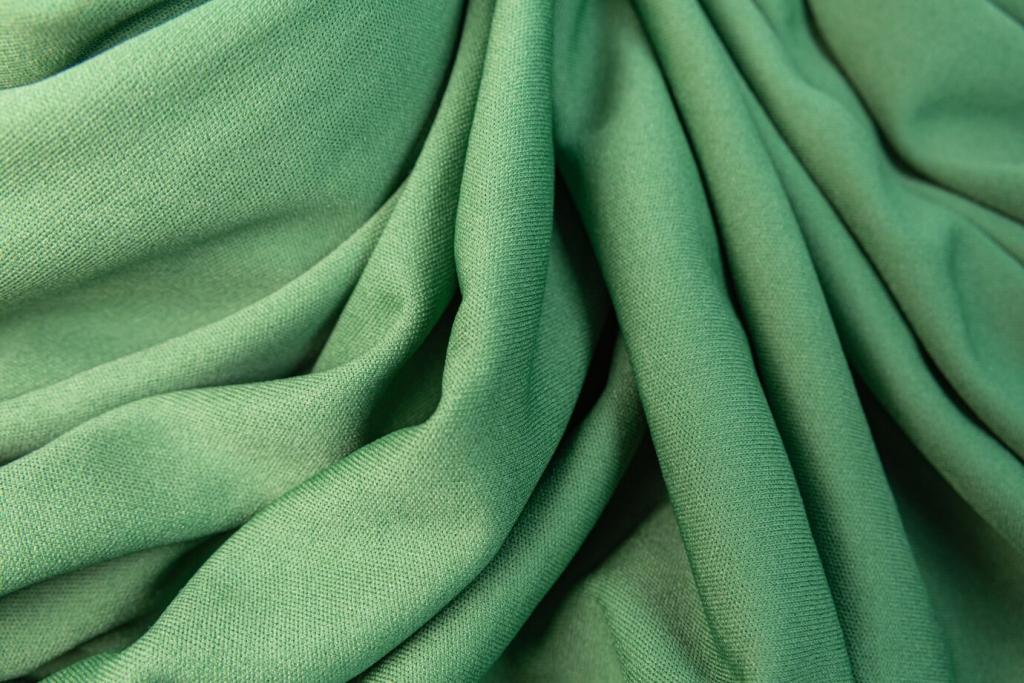
Recycled Materials for Sustainable Apparel: Turning Waste into Wearable Value
Chosen theme: Recycled Materials for Sustainable Apparel. Step into a world where yesterday’s waste becomes tomorrow’s favorite garment. Explore ideas, real stories, and practical steps—and join our community by subscribing and sharing how you wear change with pride.
From Waste to Wardrobe: How Recycled Fibers Come to Life
Collected PET bottles are cleaned, shredded into flakes, and melted into pellets before being extruded into new fibers. The process reduces demand for virgin petroleum. Tell us your favorite bottle-to-tee transformation story and inspire our readers.
Designing Garments That Respect Resources
Material-First Thinking
Selecting mono-material constructions simplifies future recycling and improves fabric recovery. Designers also minimize mixed fibers and complex blends. What piece in your closet best balances comfort, durability, and recyclability? Share its story and why it works for you.
Thoughtful Trims and Threads
Recycled zippers, buttons, and thread reduce hidden impacts and avoid contaminating future recycling streams. Even labels can be recycled fibers. Have you noticed recycled trims on your clothes? Snap a photo and tell us which details impressed you most.
Built for Repair, Not Replacement
Reinforced seams, modular panels, and accessible stitching lines invite repairs. When clothes are easy to fix, they stay loved longer. Tell us your best repair win—a patch, darn, or clever stitch—and how it extended your garment’s life.

Color, Finish, and Feel—With Less Footprint
By infusing pigment during fiber extrusion, solution-dyeing can reduce water, chemicals, and energy versus conventional dyeing, while improving colorfastness. Have you worn solution-dyed gear? Describe how the color holds up and whether it felt different on skin.
Color, Finish, and Feel—With Less Footprint
Low-impact dyes, optimized wash cycles, and closed-loop systems lessen water use and wastewater loads. Finishes can be rethought for necessity. Which finishing claims do you value most—low water, non-toxic chemistry, or durability? Share priorities to guide future content.


Care, Repair, and the Long Life of Clothes
Cold cycles, liquid detergents, and slower spins protect fibers and color. Microfiber-catching bags or filters reduce shed. What routines have extended your gear’s life? Share your best care tips so others can copy and benefit immediately.
Data, Impact, and Honest Storytelling

Consider emissions, water, chemistry, and end-of-life when comparing materials. Publish ranges and assumptions rather than perfect numbers. Which impact metric helps you decide most? Vote in the comments and tell us why it matters.
Breakthrough Recycling Technologies
Enzymatic processes and advanced depolymerization aim to recover fibers with less degradation. Scale, cost, and infrastructure remain challenges. Which innovation excites you most right now? Drop a link or insight, and we’ll spotlight standout ideas next issue.
Digital Passports and Traceability
QR-enabled product passports and ledger-based systems can store fiber origin, care guidance, and end-of-life options. Privacy and accuracy are key. Would you scan a tag to recycle a garment? Tell us what information you’d want to see first.
Circular Business Models
Repair services, resale platforms, and rental subscriptions keep garments in circulation and unlock value beyond first ownership. Have you tried a take-back or resale program? Share your experience, and subscribe for monthly guides to circular living.
Join our mailing list
